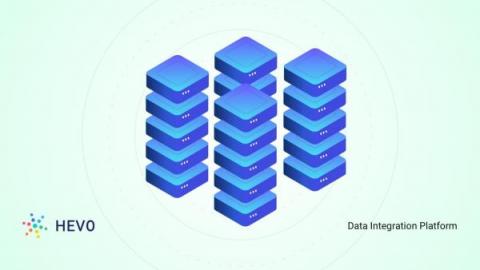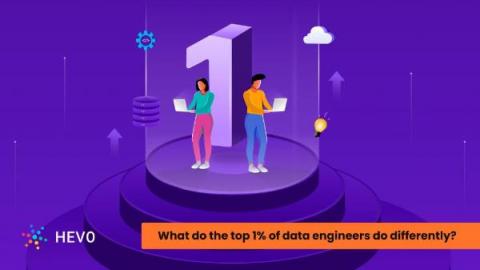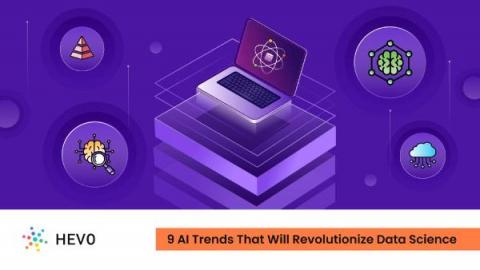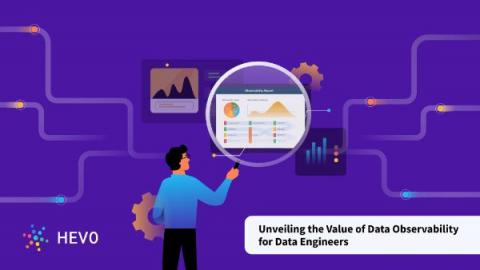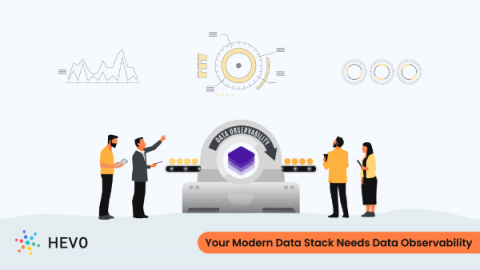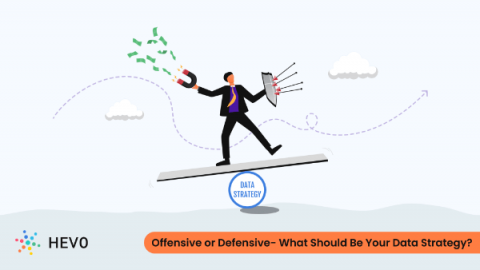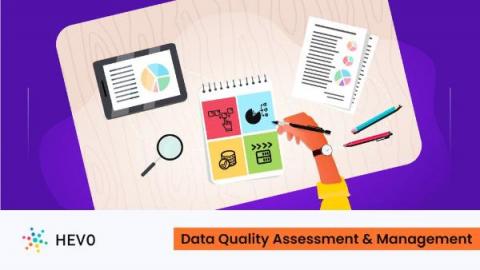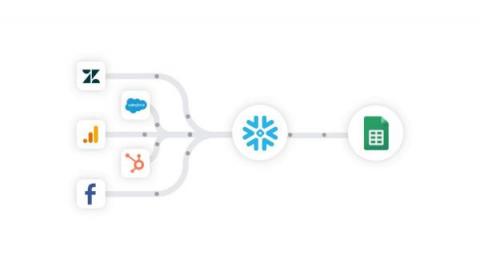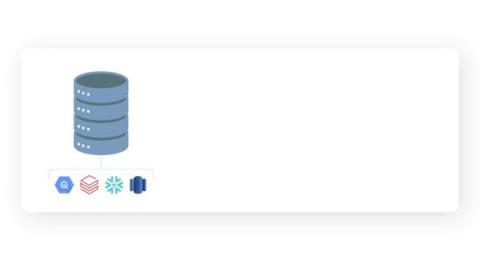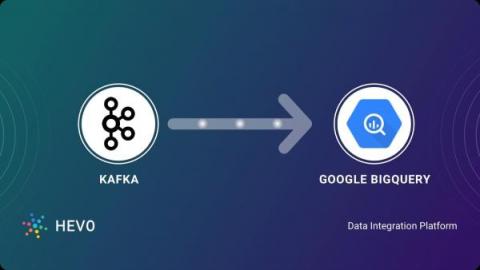Data Warehouse Best Practices: 6 Factors to Consider in 2023
Data warehousing is the process of collating data from multiple sources in an organization and store it in one place for further analysis, reporting and business decision making. Typically, organizations will have a transactional database that contains information on all day to day activities. Organizations will also have other data sources – third party or internal operations related. Data from all these sources are collated and stored in a data warehouse through an ELT or ETL process.


